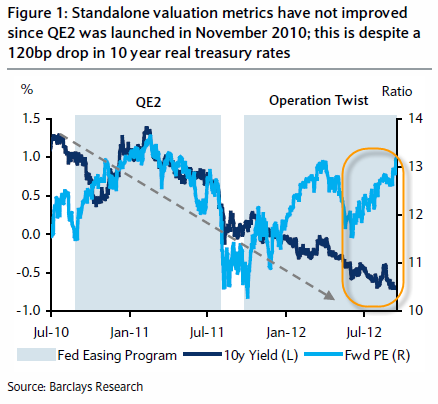US Panel Says 27% Of ETFs Affected In ‘Flash Crash’
Post on: 24 Апрель, 2015 No Comment

More than a quarter of all U.S. ETFs were involved in broken trades during the May 6 ‘flash crash,’ further evidence that ETFs were at the center of the dramatic sell-off.
The joint panel convened by the Securities and Exchange Commission and Commodity Futures Trading Commission said 27 percent of all U.S. ETFs were singled out in “broken trades” in the May 6, “flash crash ,” according to a PowerPoint slide show the joint panel issued on Monday.
Looked at from a different perspective, the joint panel said last week that about 70 percent of all the canceled trades during those 20 minutes involved ETFs, a figure roughly consistent with independent findings by IndexUniverse.com the day after the sell-off.
The Dow Jones Industrial Average notched a record intraday drop of nearly 1,000 points on May 6, and the NYSE and Nasdaq retroactively canceled many trades executed during a period of exceptional volatility between 2:40 to 3:00 p.m. EDT. Trades in ETFs and other securities that suffered a 60 percent or greater drop in share price during that 20-minute window were canceled.
Among the ETF asset classes most deeply affected, large-cap value ETFs were the most likely to have suffered broken trades, followed by large-cap blend ETFs and so-called bear market ETFs, which are funds designed to return positive gains when the broader market moves lower, the joint panel found.
The panel noted that most of the canceled ETF trades had stub quotes. Stub quotes refer to minimum quotes market makers put on either side of a market to legally maintain a market. The bids, or proposed purchase prices in question, were far from the actual trading prices, sometimes a penny or lower.
Although its investigation into the causes of the “flash crash ” isn’t yet complete, the joint committee has focused its inquiry in part on the trades of institutional as well as individual ETF investors.
SEC Chairman Mary Schapiro said in a press release last week that the formation of the joint committee was driven by recognition that “our markets are increasingly interrelated and interdependent.”
The committee, which added Nobel Prize-winning economist and outspoken critic of Wall Street Joseph Stiglitz as a member, is designed in part to address the challenge of maintaining orderly markets both in equity- and derivatives-based ETF trading. It was authorized by the two agencies last year.














